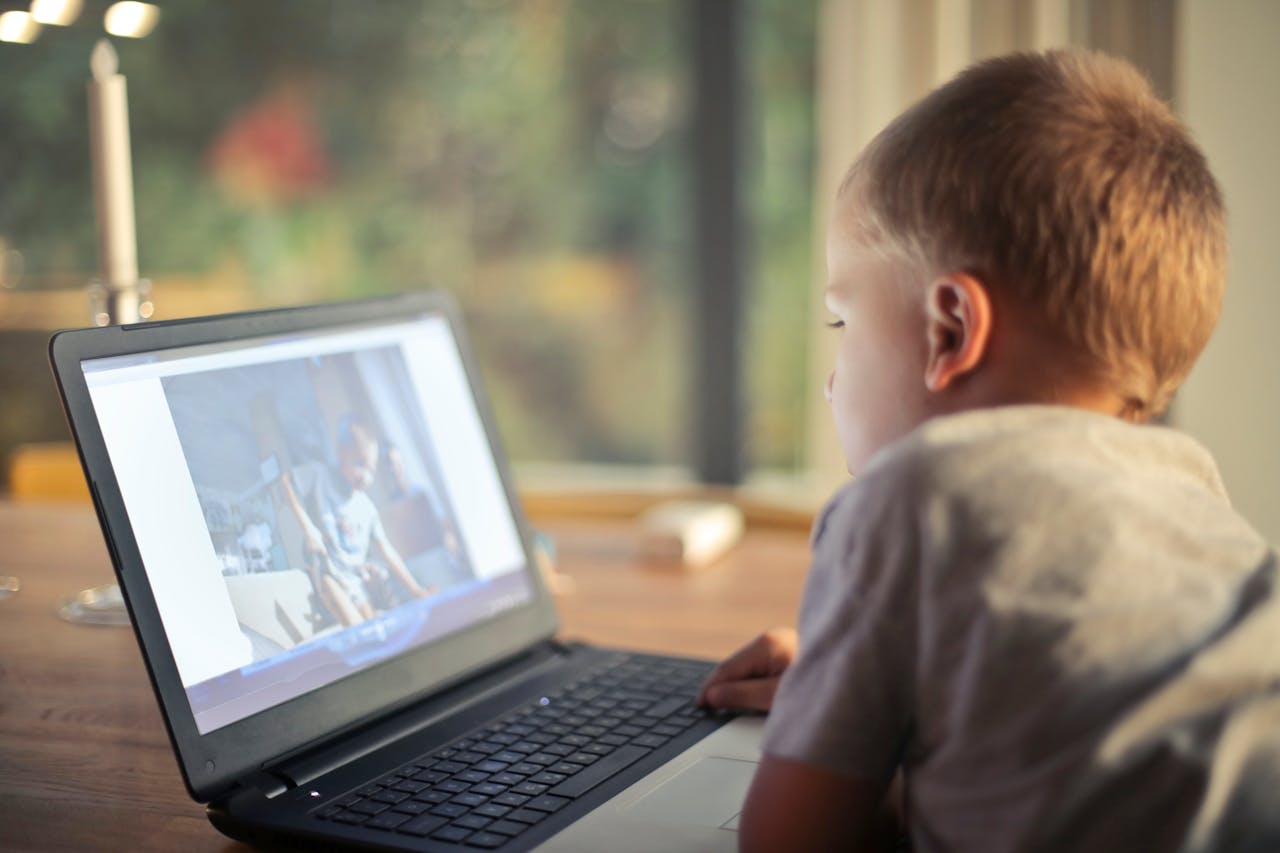Why Media Literacy Matters for Kids Today
In today’s hyperconnected world, children are growing up surrounded by digital media from the moment they can hold a tablet or swipe a smartphone screen. While technology offers incredible opportunities for learning, creativity, and connection, it also presents new challenges—challenges that demand more than just technical skills. Our kids need media literacy: the ability to critically access, analyze, evaluate, create, and act using all forms of communication.
What Is Media Literacy?
Media literacy isn’t just about understanding how to use devices. It’s about understanding the messages we consume and create. It’s the ability to ask smart questions about the media we encounter:
- Who created this message?
- Why was it created?
- What values or points of view are represented—or left out?
- How might different people interpret this message differently?
When children develop these critical thinking skills, they become active participants in the digital world, rather than passive consumers.
Why Media Literacy Is Essential for Kids
Teaching media literacy helps children recognize credible sources, detect bias, and identify fake news—essential skills in a world where misinformation spreads quickly. Another key point is advertising targeting young audiences. Children are bombarded with persuasive messages everday and Media literacy empowers them to recognize when they are being marketed to or emotionally manipulated, helping them make independent, informed decisions.
Promoting Healthy Digital Habits
Without guidance, kids can easily fall into unhealthy patterns of screen time, social comparison, and digital overload. Media literacy education encourages a balanced relationship with technology, helping young people use media in ways that support their mental and emotional well-being.
Fostering Creativity and Expression
Media literacy isn’t just about consumption; it’s also about creation. When kids learn to create their own media—whether it’s a podcast, a video, a blog post, or digital art—they learn to communicate their ideas clearly and ethically, using technology as a tool for self-expression and positive change.
How We Can Support Media Literacy at Home and in Schools
- Ask Questions Together: Watch shows, browse websites, or scroll through social media with your kids and ask critical questions about what you’re seeing.
- Encourage Creation: Support creative projects that involve storytelling, filmmaking, or digital art.
- Talk About Current Events: Discuss how news is reported differently across various media outlets.
- Model Mindful Media Use: Kids learn by example. Demonstrate critical thinking and healthy media habits in your own digital life.
By teaching kids to think critically, create responsibly, and engage thoughtfully, we prepare them not just for a lifetime of consuming information, but for a future where they can actively shape the media landscape themselves.
Let’s empower the next generation to navigate their digital world with confidence, empathy, and wisdom.


